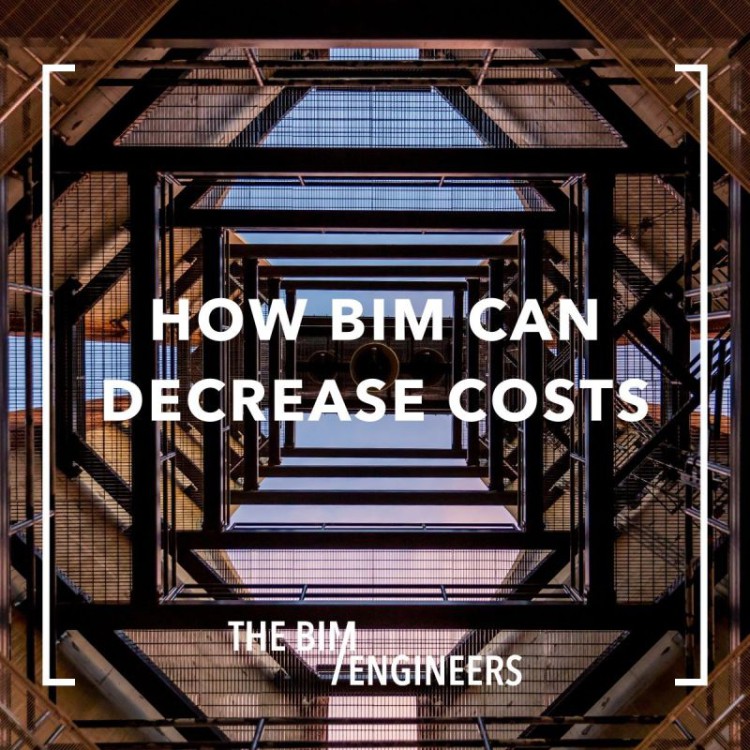



In the competitive realm of property management, efficiency is not merely a luxury; it is an absolute necessity. For years, we've witnessed the dramatic evolution of architectural tools and techniques. Among the most revolutionary? Building Information Modeling, more colloquially known as BIM. At The BIM Engineers, we've observed, researched, and led several initiatives leveraging BIM. Herein, we delve into why BIM is reshaping the traditional trajectory of project lifecycles, driving savings not only in terms of money but more crucially, time.
Building Information Modeling, BIM, isn't just another architectural tool; it represents a paradigm shift in design, construction, and property management. In essence, BIM allows professionals to create and utilize an interactive 3D model, which encompasses both the physical and functional attributes of a facility. The implications? Far-reaching, especially for project lifecycle managers.
The Digital Twin Concept in BIMOne term you'll frequently encounter when wading through BIM's intricacies is the 'Digital Twin'. At the heart of BIM, this concept posits the creation of a high-fidelity virtual replica of the physical property. Imagine having a digital clone of your building, offering you the capacity to foresee problems, optimize solutions, and reduce unforeseen contingencies. The digital twin is, in many ways, the epitome of forward-thinking in property management.
It's a saying as old as commerce itself: "Time is Money". But nowhere is this truer than in property management. Delays in project delivery can balloon costs in terms of wasted resources, increased manpower hours, and missed opportunities. In the vast jigsaw of project management, time can often be that elusive missing piece. BIM promises to find it.
The Traditional Vs. BIM ApproachLet's indulge in a retrospective exercise. Consider the traditional approach to property management projects: from conception to final delivery, it's a linear and often cumbersome process riddled with potential setbacks. Now, infuse this process with BIM's capabilities: real-time collaboration, predictive modeling, automated updates, and much more. The result? Accelerated project lifecycles, reduced delays, and consequent cost savings.
Leading in the World of BIM means recognizing that in today's property management landscape, traditional tools and techniques might be inadequate. Building Information Modeling offers a roadmap, not just to keep pace, but to lead.
Expedited Design and Construction with BIM
In the dynamic ecosphere of property management, delays in design often cascade into construction setbacks. Enter BIM. With its capacity for intricate 3D modeling, design iterations are not only swift but also more accurate. The transition from design to actual construction becomes seamless, mitigating traditional delays and bottlenecks.
Streamlined Communication and Collaboration
Property management projects involve a melange of stakeholders – architects, engineers, contractors, to name a few. Historically, miscommunication among these parties was a significant time guzzler. BIM’s collaborative framework permits real-time communication and instantaneous feedback, ensuring that everyone is, quite literally, on the same page.
Automated Updates and Change Management
In a world before BIM, changes in design often spiraled into long hours of rework. With BIM, alterations are dynamically updated across the model, eliminating redundant efforts and ensuring that the project stays on schedule.
By accurately predicting resource needs well in advance, BIM paves the way for judicious resource allocation. This foresight not only ensures that resources are utilized optimally but also wards off the expenses associated with last-minute scrambles or wastages.
Reduced Error MarginsPrecision is an ally of cost-effectiveness. The granular detail and accuracy afforded by BIM drastically reduce costly errors, ensuring that projects remain within budgetary constraints.
Enhancing Project PredictabilityUncertainty is a cost-intensive affair in property management. BIM’s holistic modeling offers clear foresight, ensuring that projects remain immune to unforeseen financial implications.
For deeper insights into the applications and achievements of BIM, explore some of the key projects undertaken using this technology, such as Wood Wharf Building G3, Regent's Crescent, and Shepherdess Walk. Additionally, you can read more about the intricate details of BIM in our blog section.
In the previous segments, we traversed the landscape of Building Information Modeling (BIM) – from its fundamental principles to its direct and indirect cost-saving benefits. As we conclude this exploration in Part 3, the lens pivots to a vital aspect: assimilation. How can Project Lifecycle Managers seamlessly integrate BIM into their operations? Let's embark on this final leg of our journey.
Change, even when positive, can encounter resistance. The integration of BIM is no different. But with the right strategy, the transition becomes less daunting. It’s imperative to:
BIM, as we've detailed in these segments, isn't just another tool. It’s a transformative approach, poised to redefine property management's future trajectories. And while its advantages are manifold, the journey towards complete BIM integration is paved with its challenges. But with the right strategy and mindset, these challenges morph into opportunities.
At The BIM Engineers, our mission goes beyond mere adoption. We aim to lead, innovate, and inspire in this dynamic world of BIM. Together, let's pioneer this change.
Thank you for journeying with us. As always, we're here to assist, guide, and lead in this transformation.
Leading in the World of BIM isn't just a slogan; it's our ethos.
Copyright © 2024 The BIM Engineers. All Rights Reserved | Design & Developed by Prettify Creative